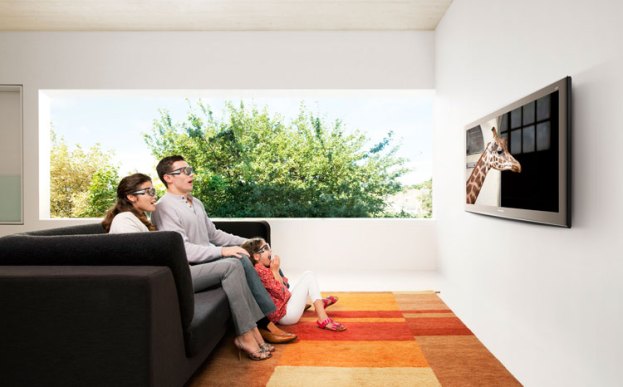
It seems that Europeans simply can’t get enough TV. In a recent survey called Connected Consumer in Europe, 30 percent of western European households with broadband Internet are “highly interested” in getting broadcast packages that deliver live television to their computers and mobile devices as well.
The survey covered 10,000 homes in France, Germany, Italy, Spain and the United Kingdom. Only homes with high-speed Internet were surveyed because, presumably, someone with a dial-up connection couldn’t receive a TV stream anyway. The U.K. has the highest proportion of TV addicts, with 36 percent of respondents very interested in such multiscreen services, while only abobondut a quarter of stoic Germans said they needed to have access to Germany’s Next Topmodel everywhere they went.
Why does this matter, especially here in the good ol’ USA? Basically, increased demand for these types of cross-platform television services should push providers into offering them as options. In a press release, Brett Sappington, an analyst with Parks Associates, who conducted the survey, said “As the number of connected devices in the home increases, consumers want more flexibility when viewing quality video content – movies and TV shows. Operators have noted these trends and are rolling out new multiscreen services to capitalize on their growing popularity.”
While we’ve got killer streaming services like Hulu and Netflix already available (and quite successful), the number of options in the US for a cross-platform cable package is next to nothing. One would think that as more studies come out showing increased consumer interest in such services, they’ll start to appear. But letting people watch data-heavy TV streams anywhere doesn’t jive with the fact that both cable and wireless providers seem to be continuing down the road of monthly data limits. So for those of you who can’t wait to watch The Price Is Right on three screens at once, please, don’t hold your breath.


